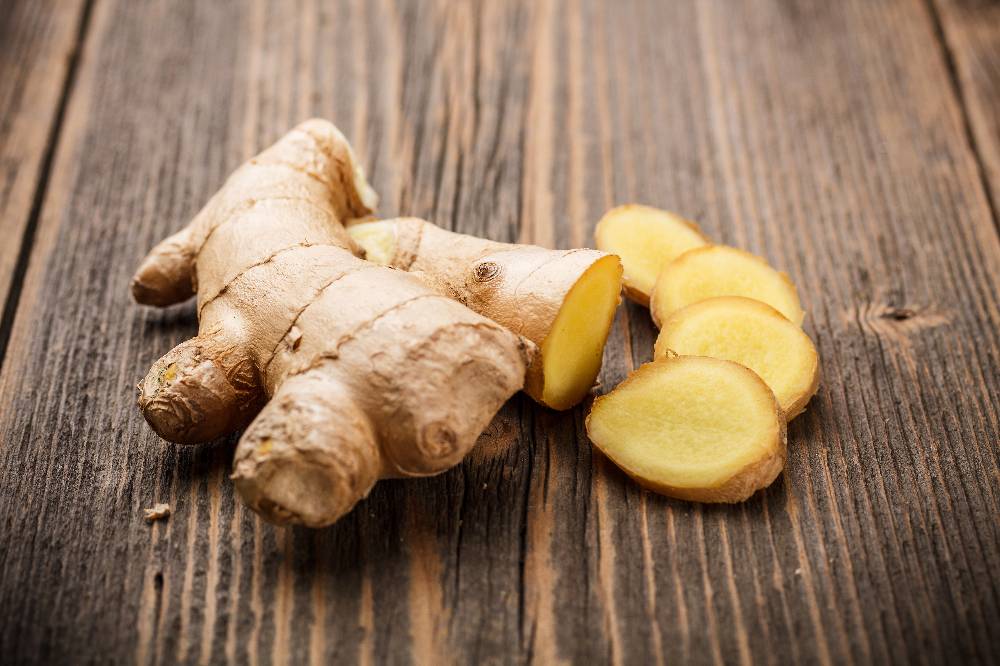
Ginger (Zingiber officinale) is a flowering plant whose rhizome, ginger root or ginger, is widely used as a spice and a folk medicine. It is a herbaceous perennial which grows annual pseudostems (false stems made of the rolled bases of leaves) about one meter tall bearing narrow leaf blades. Ginger is one of the oldest medicinal foods. Since the herb originated in Southeast Asia, it’s not surprising that ancient Chinese and Indian healers have made ginger a part of their toolkit for thousands of years. Ayurvedic texts credit ginger as a “universal great medicine”. An old Indian proverb says that “everything good is found in ginger.” Traditional Chinese medicine holds that ginger “restores devastated yang” and “expels cold”. Currently, since ginger grows best in warm, damp areas, it’s currently cultivated in China, India, Australia, and Jamaica. China and India produce most of the world’s ginger, with half being produced on India’s Malabar Coast. Today, ginger is still used as food and medicine. Modern Western science has confirmed its usefulness for treating a variety of conditions. Zingerone, shogaols, gingerols, and volatile oils give ginger its distinct aroma and flavour, as well as its medical properties. The amount of these therapeutic compounds in ginger is determined by geography, time of harvest, and processing methods.